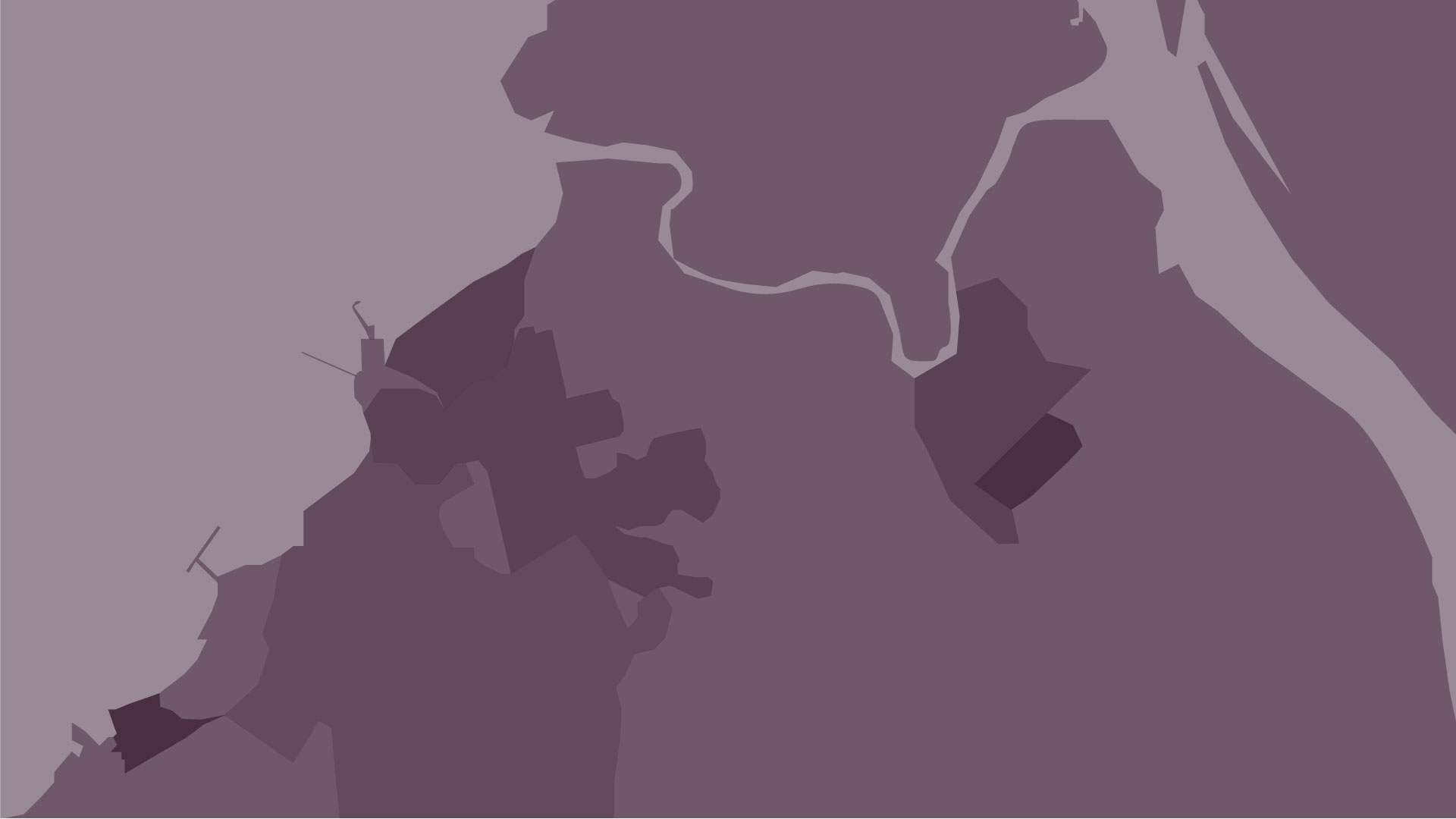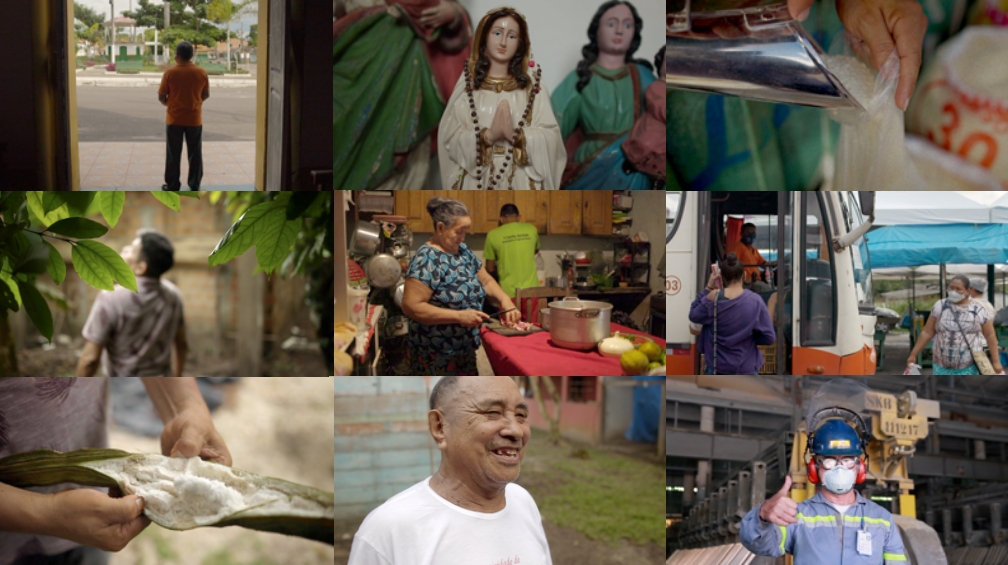
We strongly recommend a visit to Barcarena to those travelers who are in a shortage of time to get to know Brazil. Important chapters of the history of our country have been settled in the town since the colonization. Thus, the narrative of the fifteen interviewees in the Memories of Barcarena project embodies the saga of the Brazilian people.
Both, Indigenous people and Jesuits occupied the region for centuries with their disputes, while enslaved Africans were forced to work in the sugar and coffee plantations of the ancient village. Way before the Republic, Barcarena was scenery of upheavals, namely Revolta dos Cabanos. At the end of the 19th century, it was touched by migratory waves that have modified the country, welcoming people from Italy, Japan, Portugal and Spain. Such rich history had been buried in its ground long before the large companies stablished there. The early 1980s was a game changer to Barcarena, with the settlement of industries in its neighborhood. In order to integrate the demanded labor force, new residents came from all over Brazil.
That is the way Barcarena accumulates endless layers of stories that form the intricate mosaic we call Brazil. Through the testimonials of its residents, we find everything: from the eternal mysteries of the Amazon to the concrete evolution of the national economy, in its northern and Pará expressions. The current Barcarena will show us an array of styles that mingle among themselves - the modern and the archaic, the industrial and the artisanal, the indigenous, the black and the white. The trajectory of quilombola and indigenous people must stand out in the same way.
Long before the roads and bridges, the vast municipality was connected by boats exclusively. It was through the rivers that colonization and priests arrived; Africans landed here by the sea; Likewise, in small boats, the farmer Eduardo Angelim and Canon Batista Campos, Cabano leaders, came and went from Belém. Last, but not least, ships are responsible for transporting aluminum, alumina and bauxite from the inner parts of Pará.
This virtual exhibition - which highlights the result of the Memories of Barcarena project, was developed through a partnership between HYDRO and the Museu da Pessoa in accordance with the main objective of the Museum: to instigate, record and disseminate stories that would barely be heard in other way.
In accordance with those values, we reveal the city based on the experience and journeys of its own inhabitants. And, therefore, we hope the narrators recognize themselves and you sail along and never forget Barcarena, proudly portraited in this piece of work.




Vire o seu dispositivo para a posição vertical.